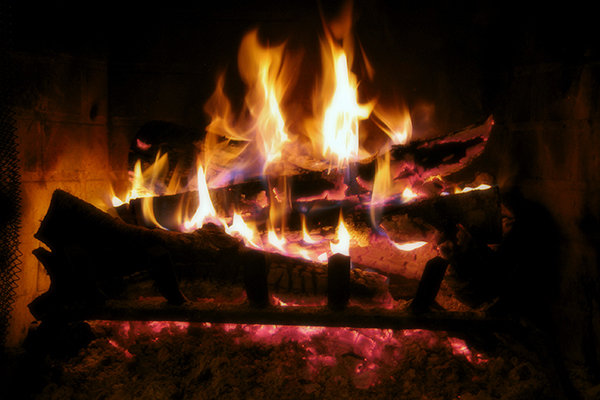Your land’s aspect is the compass direction it faces (for example, north or south). Lands that face north and east are shaded longer, so they tend to be cooler and wetter. Lands that face south and west get more sun, so they tend to be warmer and drier.
As you learn more about your woods, at some point you’ll hear a forester, wildlife biologist, or other landowner talk about your property’s “aspect.” What is that, and why would anyone care?
Put simply, your land’s aspect is the compass direction it faces (for example, north or south). The term applies mainly to sloped properties, like hillsides. When you stand on the hill and face out away from it, which direction are you looking? That’s your land’s aspect.
But why does it matter which way your land faces? To answer that, take a look at this photo I took of the roadside ditch outside my office:
I took this photo around 9 a.m. on a frosty November morning. To orient you, the left side of the photo is south, and the right side is north.
The left side of the ditch faces north, so it has a “northern” aspect. By contrast, the right side faces south, so it has a “southern” aspect.
Notice the difference between them? The southern aspect side is in full sun, so it’s warmed up and lost its frost.
The northern aspect side, though, is still shaded, and it remains gray-white with frost.
This is just a roadside ditch, but the same idea applies to whole hillsides. Lands that face north and east are shaded longer, so they tend to be cooler and wetter. Lands that face south and west get more sun, so they tend to be warmer and drier.
Those temperature and moisture differences in turn affect which plants will like to grow in your woods. Northern and eastern aspects will be better for species that can handle more shade and moisture, like hemlock. On southern and western slopes, look for species like oak and hickory.
Now that assumes you’re here in the Catskills like me. If you’re elsewhere in the US, your species mix will be different. But in general, look for trees more common north of you on northern and eastern aspects, and trees more common south of you on southern and western aspects.
Is one aspect better than another? It depends on where your land is. In colder climates with plenty of rainfall, a southern aspect is helpful for farming and growing trees because of the extra sun. As you move south, though, that heat might become too intense, and swapping to a northern aspect might be more refreshing. And in dry climates like the western US, a northern or eastern aspect will hold moisture longer and promote plant growth.
If you don’t know your land’s aspect, there are a couple ways to find out. The simplest is to look at your land using a 3D map like the “Earth” feature on Google Maps. Another option is to locate your property on a topographic map. Finally, if you’d rather figure out your land’s aspect in person, then grab a compass, head out to your woods, and stand facing downhill.






